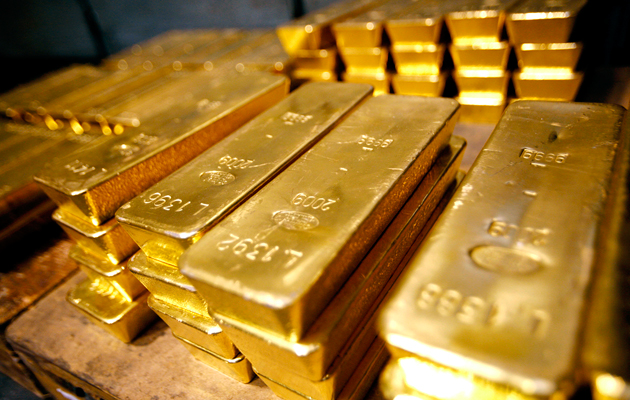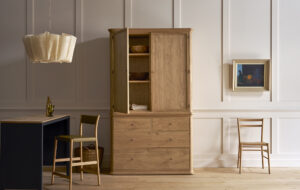|
|
||
|
Art deals, shady gold, smuggled antiquities, laundered money – the chic, yet sinister, aesthetic of the latest crop of tax-free zones is the architecture of financial inscrutability, says Edwin Heathcote If there is an architecture of untraceable global wealth and tax dodging, this is it. The freeport is not a very new phenomenon – dozens of ports and airports around the world have zones that are effectively extra-state sites, placed outside the jurisdiction of customs, excise and tax authorities so that goods can travel between non-places without attracting taxes. Bonded warehouses represented something similar historically; freeports were common in Europe’s Hanseatic states and Dubai made its reputation as, effectively, one massive tax-free freeport. But what is newer is their expression as an emerging architectural typology: as warehouses of wealth. The secrecy surrounding these buildings is fierce and keeps their contents completely under wraps, but there are hundreds of billions of dollars worth of stuff stashed in these extra-territorial warehouses across the world. The latest and most extravagant is in Luxembourg. Designed by Swiss architecture practice 3BM3 and with interiors by Joanna Grawunder, it is an amalgam of contemporary boutique-hotel chic, car-ad-Ando naked concrete, vaguely Zaha folds and stairs and what we could describe as a kind of James Bond set lighting – dramatic, windowless and sinister in a showbiz kind of way. All this is carefully deliberate, a cocktail of the aesthetics of security, luxury and exclusivity tinged with the heist-movie tingle of Fort Knox. You know the moment at the end of Pulp Fiction when Samuel L. Jackson’s Jules opens the briefcase and you don’t see the contents – only the reflected golden glow of the contents? That is the feeling this architecture is supposed to generate: an indirect illumination via wealth. The version in Singapore (by the same architects) is a little more basic, a bit more industrial in feel (even down to the mesh cladding on the exterior) but its interior is leavened by a massive, rather incongruous sculptural installation by Ron Arad: La Cage Sans Frontieres, a kind of mirror-polished moebius strip. Too big for the concrete encased atrium, it sits like a sinister giant parasite at the heart of the fortress. The architecture itself, in Luxembourg, in Singapore and at the original of this particular group of free ports, in Geneva, is a curious mix of the industrial, the Swiss and the luxurious. Functional, ascetic and oddly reeking of wealth, it is a kind of maximalist minimalism in which everything from the lighting to the high-tech locks is planned to create an air of discreet – but heavily protected – wealth. And despite their inauspicious settings – almost lost amid the mass of junkspace and cargo warehouses that encircle any contemporary airport – these are the destinations of the real wealth of the world. Art deals, shady gold, moody antiques, smuggled antiquities, laundered money – this is the architecture of tax avoidance and financial inscrutability. The properties are registered in tiny islands that once formed outports of the British empire, but these warehouses of wealth are where the moveable goods reside, the physical insurances against the vicissitudes of sudden tax inspections, revolutions, regime change, aggrieved soon-to-be ex-wives, subtle changes in power structures and Interpol. London is becoming what former City planner Peter Rees memorably called a city of safe deposit boxes in the sky. That is a fine metaphor. But the free ports are the metaphor-free version. Architecture as safe deposit box on the ground – but always just near enough an airport to take to the sky, just in case |
Words Edwin Heathcote |
|
|
||


















